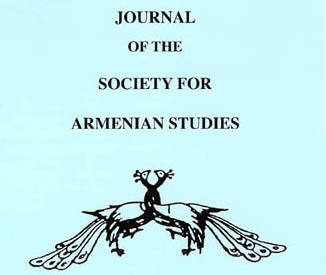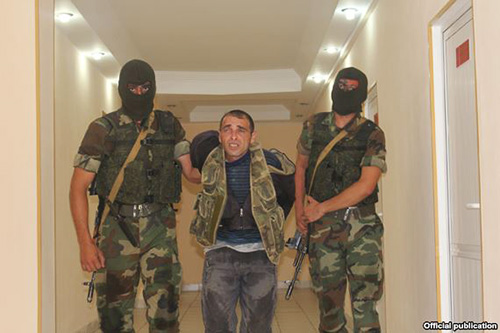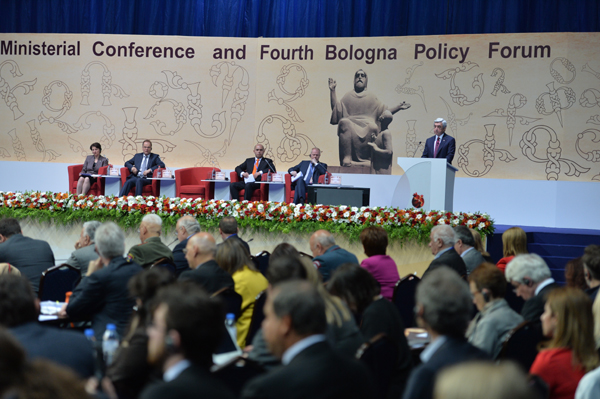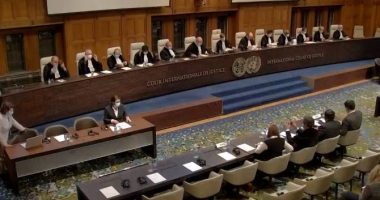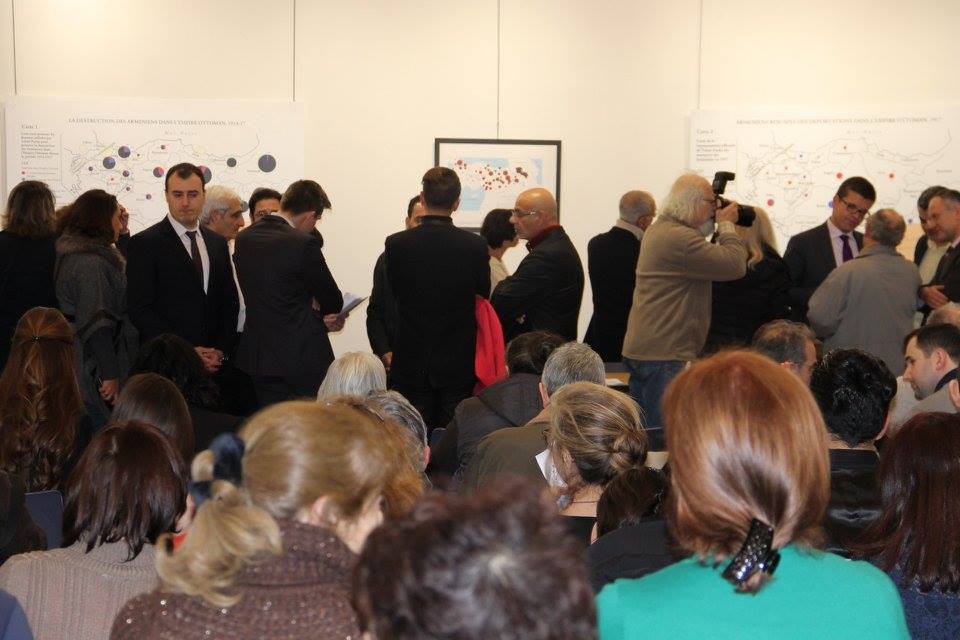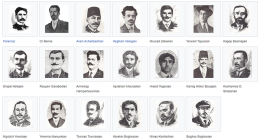FRESNO — The Society for Armenian Studies has announced the publication of Volume 22 (2013) of the Journal of the Society for Armenian Studies (JSAS). Edited by Dr. Sergio La Porta (California State University, Fresno), JSAS 22 contains several articles and communications from new contributors to the Journal. Not only are the names new, but also their contributions provide insight into material that has heretofore received inadequate attention. The appearance of fresh scholars and scholarship bodes well for the future of the field.
Eight articles on various aspects of Classical and Modern Armenian Studies, including one in Armenian, comprise Volume 22. Also included are six communications, and a revised version of a talk delivered at NAASR in Belmont, MA; three review essays; and three book reviews.
Volume 22 begins with two articles on issues in Classical Armenian Studies. The first, by Robert Hewsen, clarifies the relationship between four seemingly independent, yet inter-related, territories mentioned in early Armenian texts.
David Zakarian’s essay focuses on the description of the reigns of the Arshakuni queens, Parandzem and Zarmandukht, in the fourth century, in order to arrive at an analysis of the institution of queenship during the Arshakuni period.
Following these two articles are six essays on various topics of Modern Armenian history and culture.
The section commences with a detailed examination by Sebouh Aslanian on the book publishing trade that originated at the Armenian Mkhitarist Monastery in Venice.
Next are three contributions that address different aspects of the Armenian Genocide. In the first study, Jonas Kauffelt brings to light the work of the Danish Lutheran Christian missionary, Karen Jeppe (1876-1935), who joined the De Danske Armeniervenner (DDA, the Danish Friends of Armenia) in 1903.
Vahram Shemmassian, on the other hand, looks at the role the Armenian Prelacy of Aleppo played in providing help to refugees arriving in the early months of the Genocide. Based upon an examination of two files found in the Prelacy archives, the author sheds important light on the humanitarian activities of the Refugee Committee formed for the purpose of alleviating the plight of the new arrivals.
The final essay concerning the Armenian Genocide is by Stefan Ihrig who examines the reception of the assassination of Talât Pasha by Soghomon Tehlirian in 1921 in the German public sphere. He concludes that the German media came to accept that something akin to genocide (the word not yet having been invented) had occurred, clearly describing the killing of the Armenians as the annihilation or extermination of a people.
The final two articles of this volume concern themselves with modern Armenian literature. In her study of Leonardo Alishan’s poetics, Alina Gharabegian suggests that an examination of affective cultural difference presented in the Armenian literary tradition can potentially collapse categories of East and West that are often strictly defined through religious lines in Western scholarship.
And finally, Alvard Semirdjyan-Bek‘mezyan explores the development and modification of linguistic features of modern and post-modern Eastern Armenian prose fiction.
The communications included in this volume similarly address a wide range of topics, including the interpretation of a passage in Movses Xorenac‘i’s History of the Armenians concerning the construction of Artashat; corrections to Bedoukian’s study of Artashesian coins; the therapeutic application of music in medieval Armenia; an analysis of a Mamluk inscription dating to the year 1450 found in the Armenian Monastery of St. James, Jerusalem; Nader Shah’s relations with the Armenians of Iran; a report on the political lobbying efforts behind the erection of two statues to Aliyev and the Khojaly massacres in Mexico City; and a reflection on Raphael Lemkin’s discourse on the Armenian Genocide. The three review essays contained in this volume address recent works on the region of Artsakh, the Azeri appropriation of George Bournoutian’s work for political purposes, and the many publications issued in coordination with the commemoration of the 500th anniversary of Armenian printing.
The JSAS is available for purchase by contacting the Society for Armenian Studies Secretariat by telephone at 559-278-2669 or by email at [email protected].
Back issues of the JSAS are also available for purchase.

